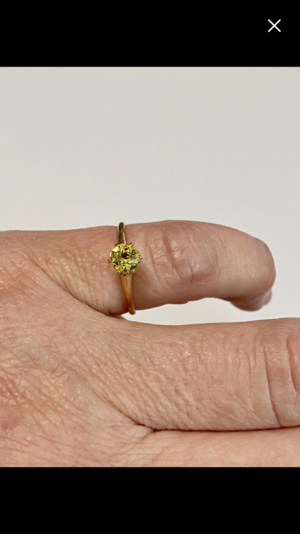Nick_G
Shiny_Rock
- Joined
- Sep 7, 2018
- Messages
- 354
Thank you for the reply. I was going from memory - but I think it was 1.76. 1.81 was in my head because that is the terminal limit. We will test again in a few minutes. Yes, we used the polarized filter and took two readings at each orientation but I can’t recall if we did four or two orientations. We will repeat right now.If you are measuring a refractive index 1.71 than it's not sapphire. Sapphire should be 1.76.
Have you confirmed that your refractometer is accurate? What brand is it? Do you have a polarizing filter on your refractometer? If so, have you checked for two readings for each orientation? You should be taking 4 orientations, with two readings at each one.
I wonder if it's synthetic spinel? An RI of 1.71 would be a fair match for the lower end of the range.
Does it fluoresce in LWUV?
Sorry - My report was wrong. We are retesting now. Updated I a minute.
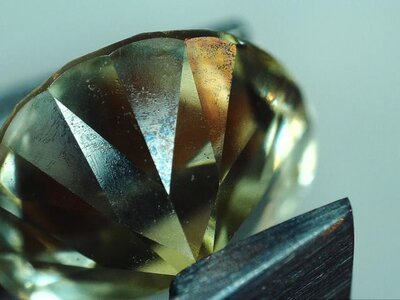

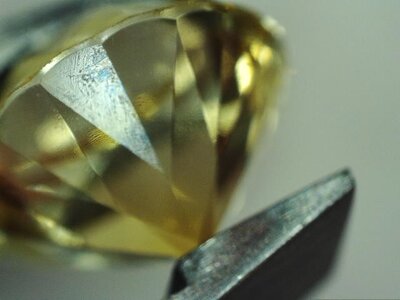
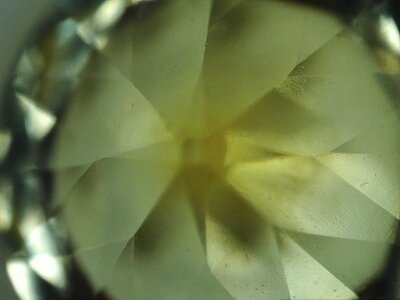
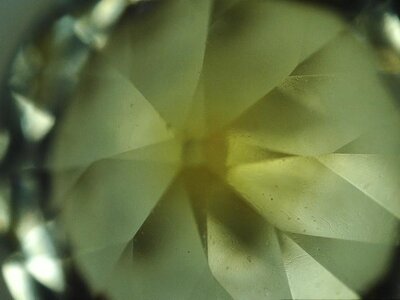
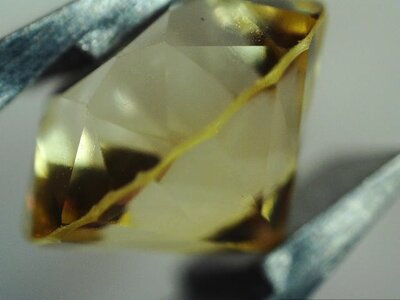
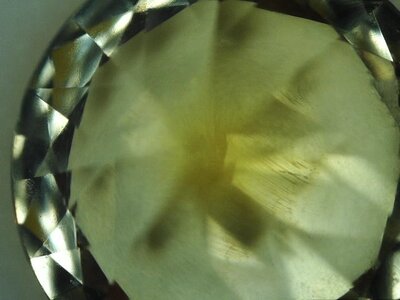
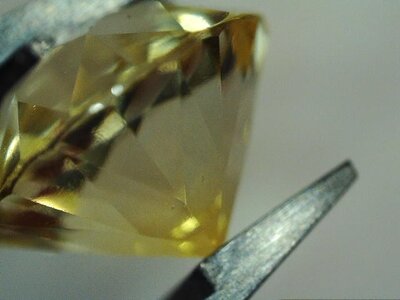
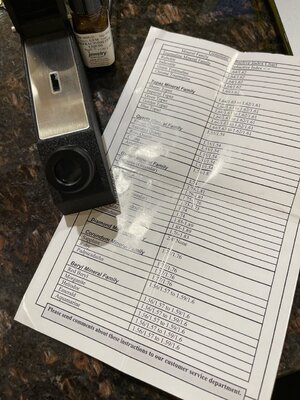
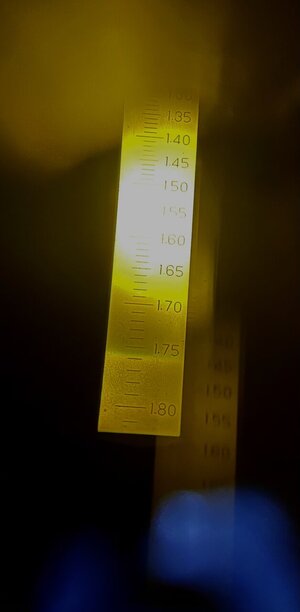
We are. A nice unstressful way to spend a few precious hours with DH. He’s so stressed keeping patients, staff and family all safe. Plus he’s happy to enable me. Speaking of which, I’m posting a new little addition to the gem box in another thread. It just arrived today.It sounds like you are having a tonn of fun
It’s been cleaned, steamed, bathed in alcohol, and still it remains. It doesn’t seem to be dirt or a grimy film. The setting was fairly clean, too. We even tried a bit of gentle scraping. No change. DH might soak it overnight.This is interesting! Has the stone been cleaned? Could it be grimy film? I'd soak it overnight in dawn soap and give it a good hot water scrub in the morning if you haven't already.
We are. A nice unstressful way to spend a few precious hours with DH. He’s so stressed keeping patients, staff and family all safe. Plus he’s happy to enable me. Speaking of which, I’m posting a new little addition to the gem box in another thread. It just arrived today.
It’s been cleaned, steamed, bathed in alcohol, and still it remains. It doesn’t seem to be dirt or a grimy film. The setting was fairly clean, too. We even tried a bit of gentle scraping. No change. DH might soak it overnight.
@LightBright we are curious, too. We cleaned is with acetone and 95% is gone, and the stone is still yellow. Lol. We are soaking it now, to see if we can remove the residual patches. The brush marks are gone as is the “AR” effect (anti reflective coating used in optic lenses). The performance outside is amazing. I’ll post pics of the first acetone cleaning and the second when it is done. We can see the polish marks on the facets, it no more brush marks.
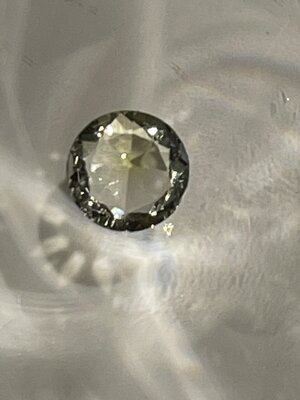 here are no curved lines, curved zones or curved anything else that we can see. Wondering what else we can do.
here are no curved lines, curved zones or curved anything else that we can see. Wondering what else we can do. 






If you are OK with removing the coating (if it is a coating) then try soaking it in acetone.
This is fascinating. Is that a tiny culet on it in your photos? I love the unperidot!

I am not an expert. As far as I am aware, the curvature is very slight: https://www.gemsociety.org/article/how-to-find-curved-striae-in-synthetic-ruby-and-sapphire/
I think when you compare the striae here to a straight line, they do not quite line up.

